Retinol vs Retinal: What's the Difference?

Curious about how retinol and retinal compare? Both are members of the vitamin A family and are known for supporting smoother, more radiant-looking skin. In the body, retinol converts to retinaldehyde (retinal), which then converts to retinoic acid—the biologically active form used in prescription products. Retinal sits one step before retinoic acid in this pathway, making it a highly potent non-prescription retinoid. Read on to learn how these two powerhouse ingredients differ.
THE SCIENCE BEHIND IT…
Vitamin A Derivatives at a Glance
There are more than 2,000 known derivatives of vitamin A. Retinol and retinal are both first-generation, naturally occurring retinoids that share a similar molecular backbone but differ slightly in their end groups:
• Retinol: hydroxyl group
• Retinal: aldehyde group
• Retinoic acid: carboxylic acid (prescription only)
• Retinyl esters: various ester groups
These structural differences influence how the skin processes each form and how quickly they convert to retinoic acid.
What is Retinol?
Retinol is the primary circulating form of vitamin A and is widely used in cosmetic skincare for its ability to enhance the look of radiance and support smoother, more even-looking skin.
To exert its full biological activity, retinol must first convert to retinal, then to retinoic acid. Retinol is known to help improve the appearance of:
• uneven texture
• fine lines
• dullness
• uneven tone
It supports skin renewal processes and helps promote a more refined complexion over time.
Retinol vs Retinal
How They Convert
• Retinol → Retinal → Retinoic Acid Retinal is the direct precursor to retinoic acid, placing it one step closer to the active form than retinol. Because the conversion pathway is shorter, retinal is considered more potent and often works more quickly than retinol in cosmetic formulas.
Strength & Performance
• Retinal is generally regarded as the most potent cosmetic retinoid available without a prescription.
• Retinol is slightly milder because it requires an additional conversion step.
Both ingredients support the appearance of improved texture, radiance, and more even-looking tone, but retinal often produces visible results sooner.
Tolerability
Retinoic acid (the prescription form) is known to cause irritation and is not used in cosmetics. Retinal, however, offers a balance of potency and tolerability for cosmetic use. In clinical research, topical retinal has been shown to visibly improve the look of fine lines, uneven texture, and overall smoothness, while also supporting hydration and helping reduce trans-epidermal water loss (TEWL). These benefits contribute to a more comfortable and balanced-looking complexion.

DISCLAIMER:
Lab Journals are intended to help educate on specific ingredients and skin care topics. Our articles are written to be informative and informational.
Please note any Naturium products with referenced ingredients are formulated for Cosmetic Use Only and NOT intended as replacements for physician pharmaceutical product recommendations.


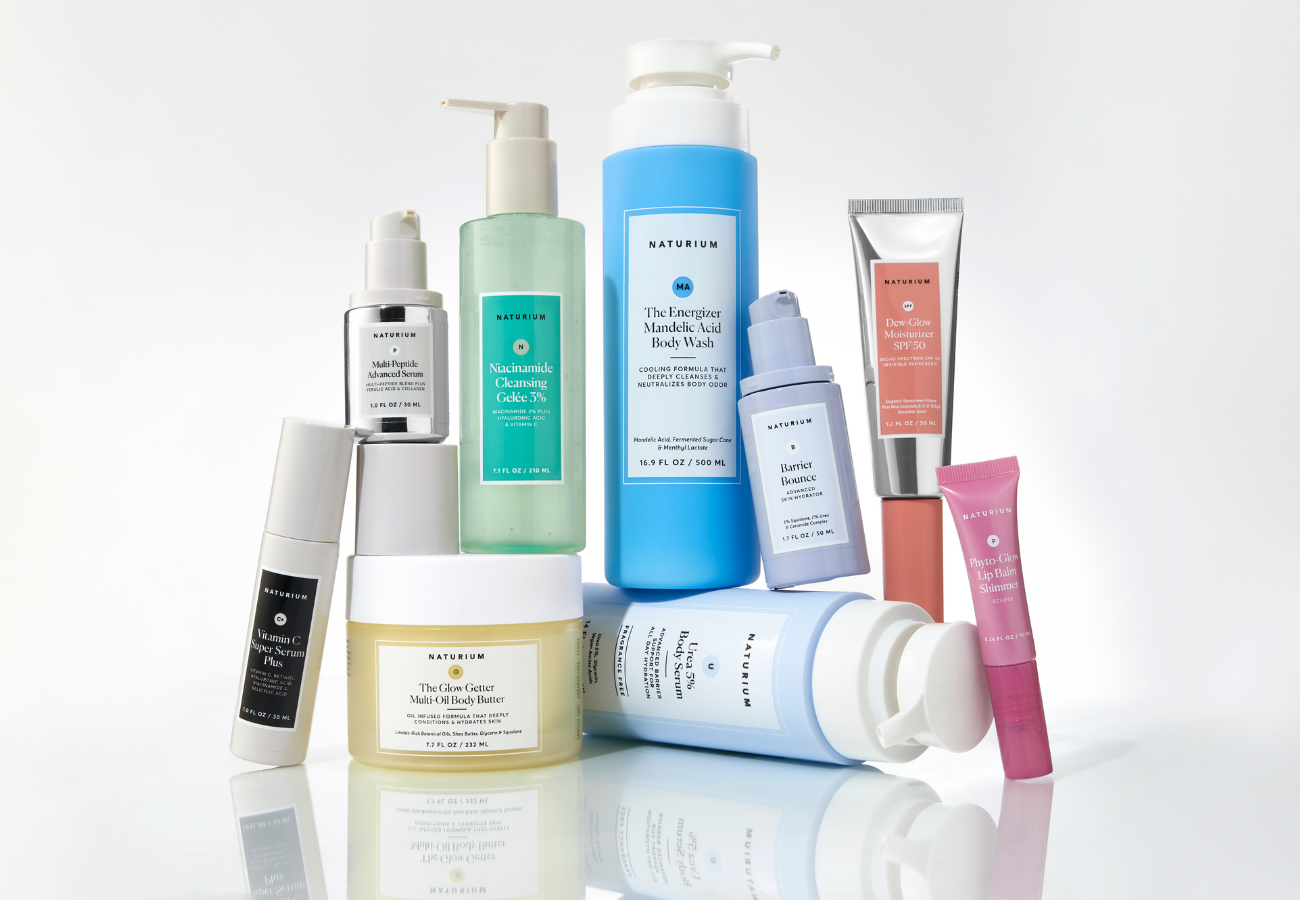
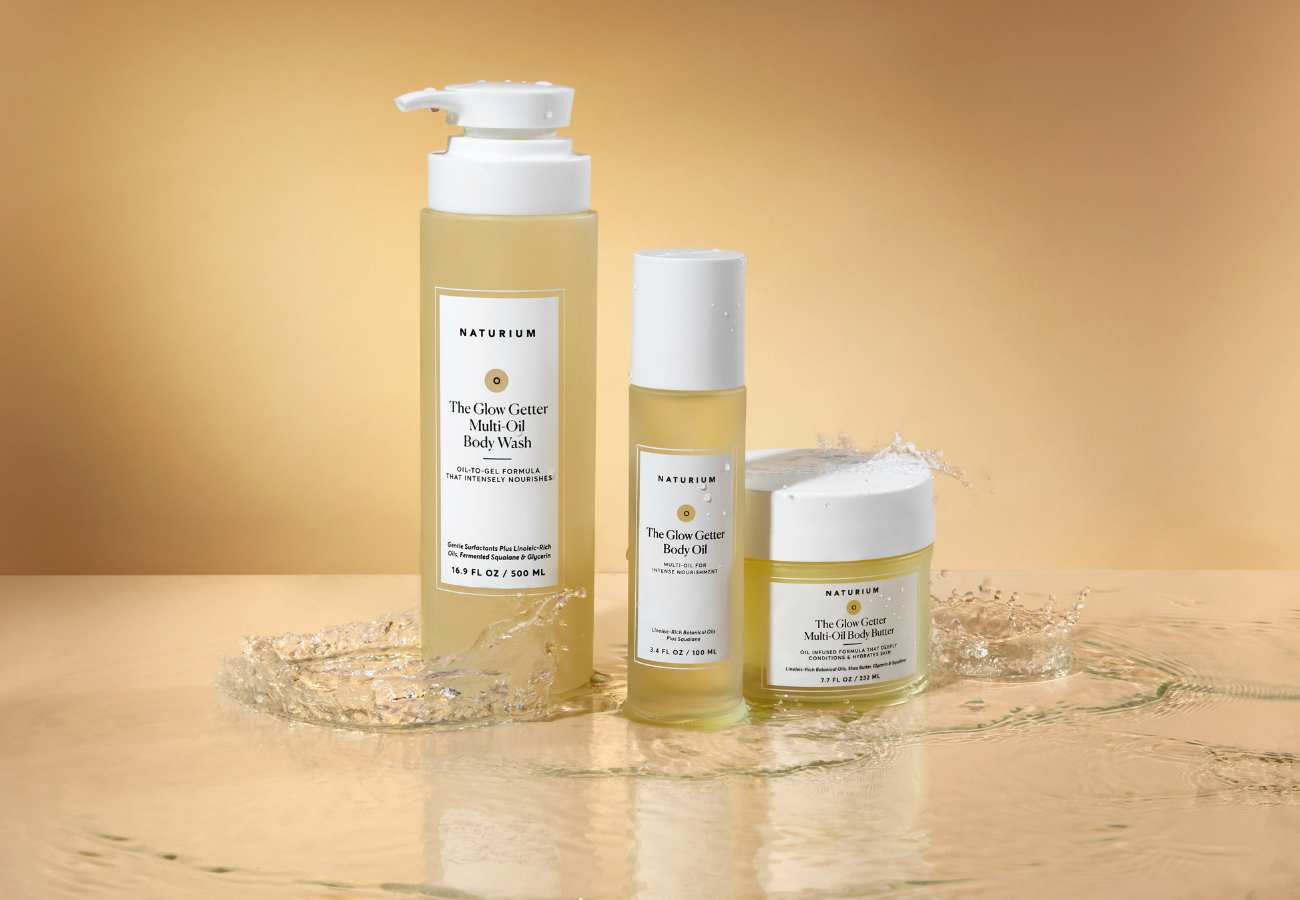
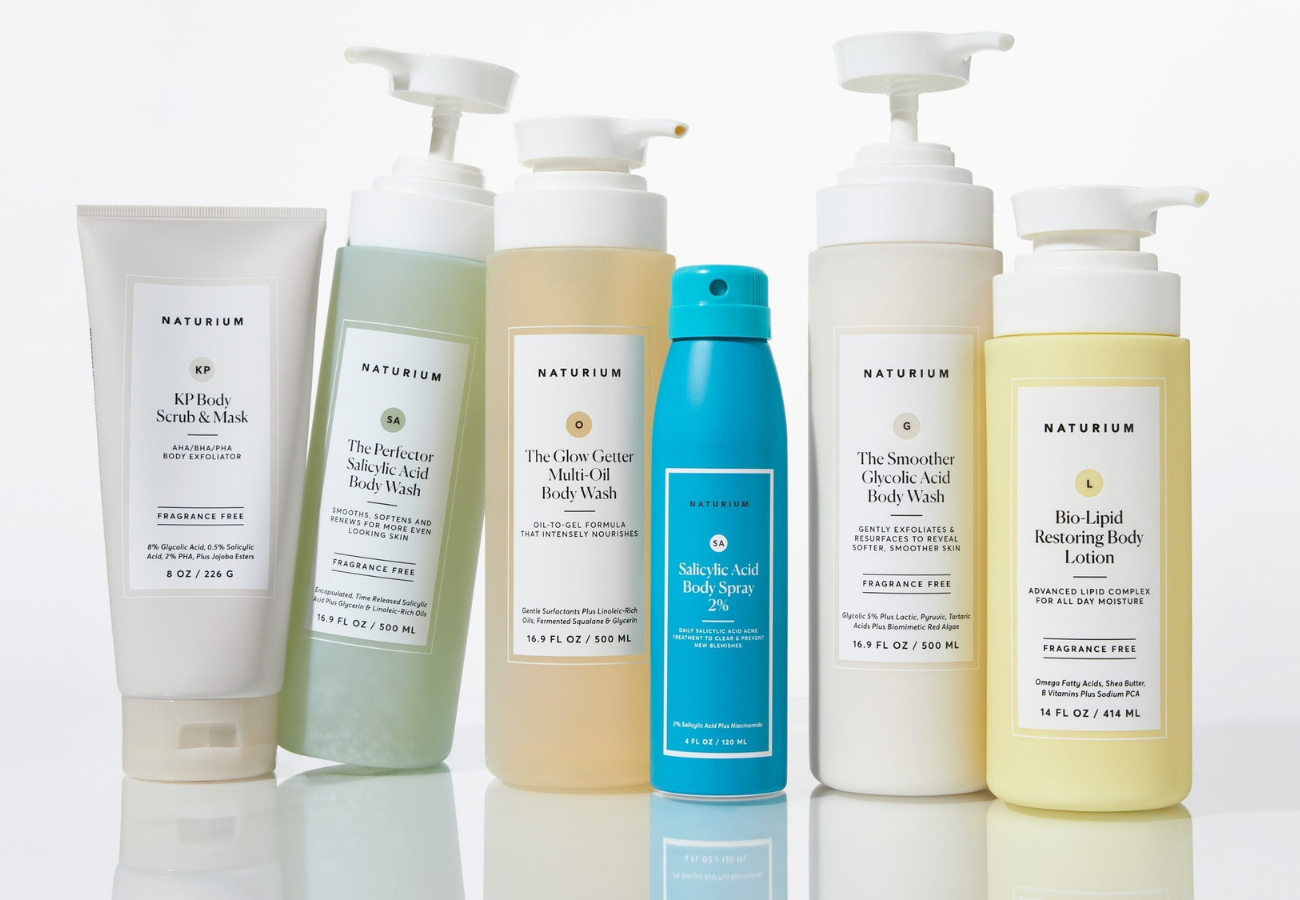
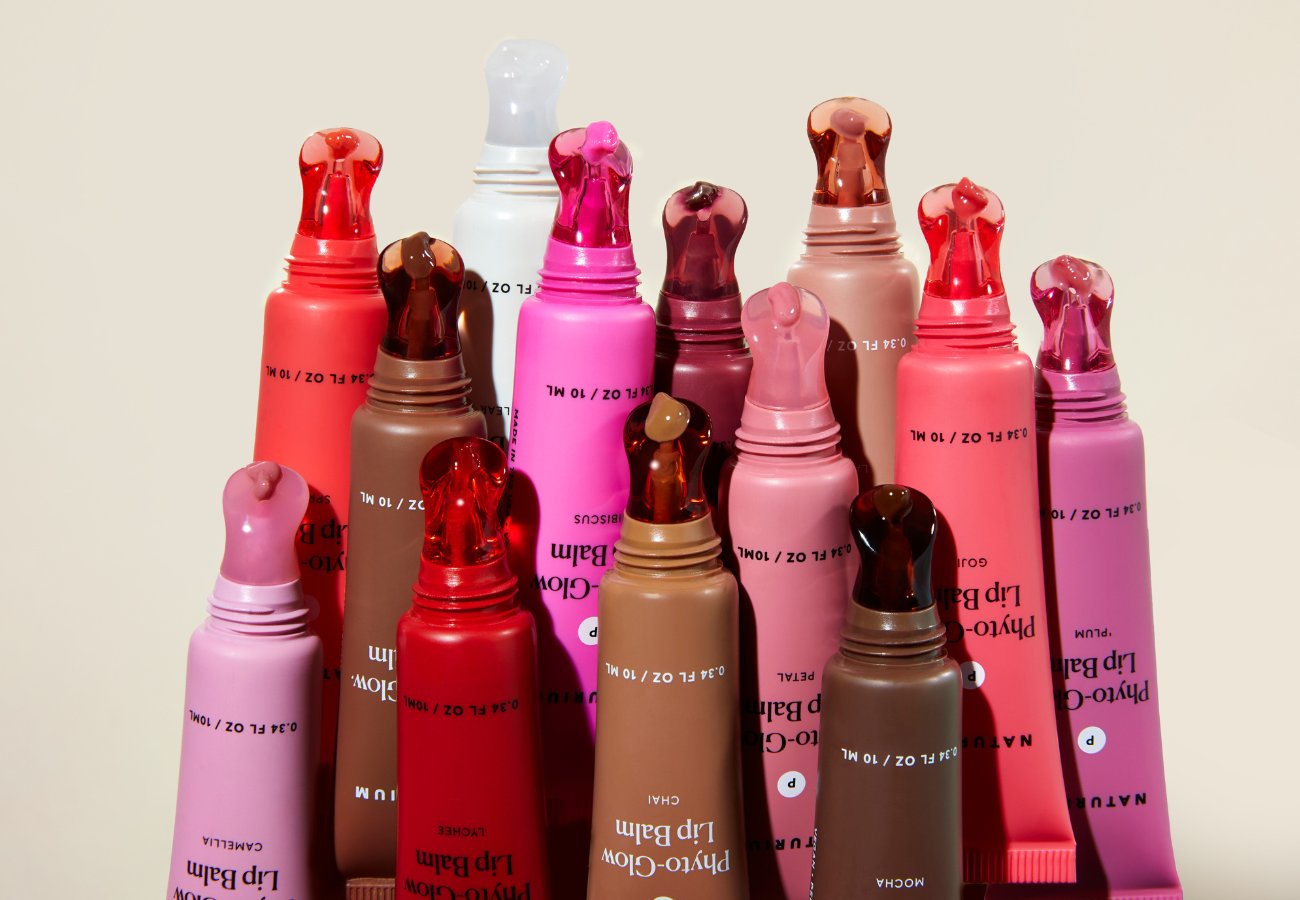
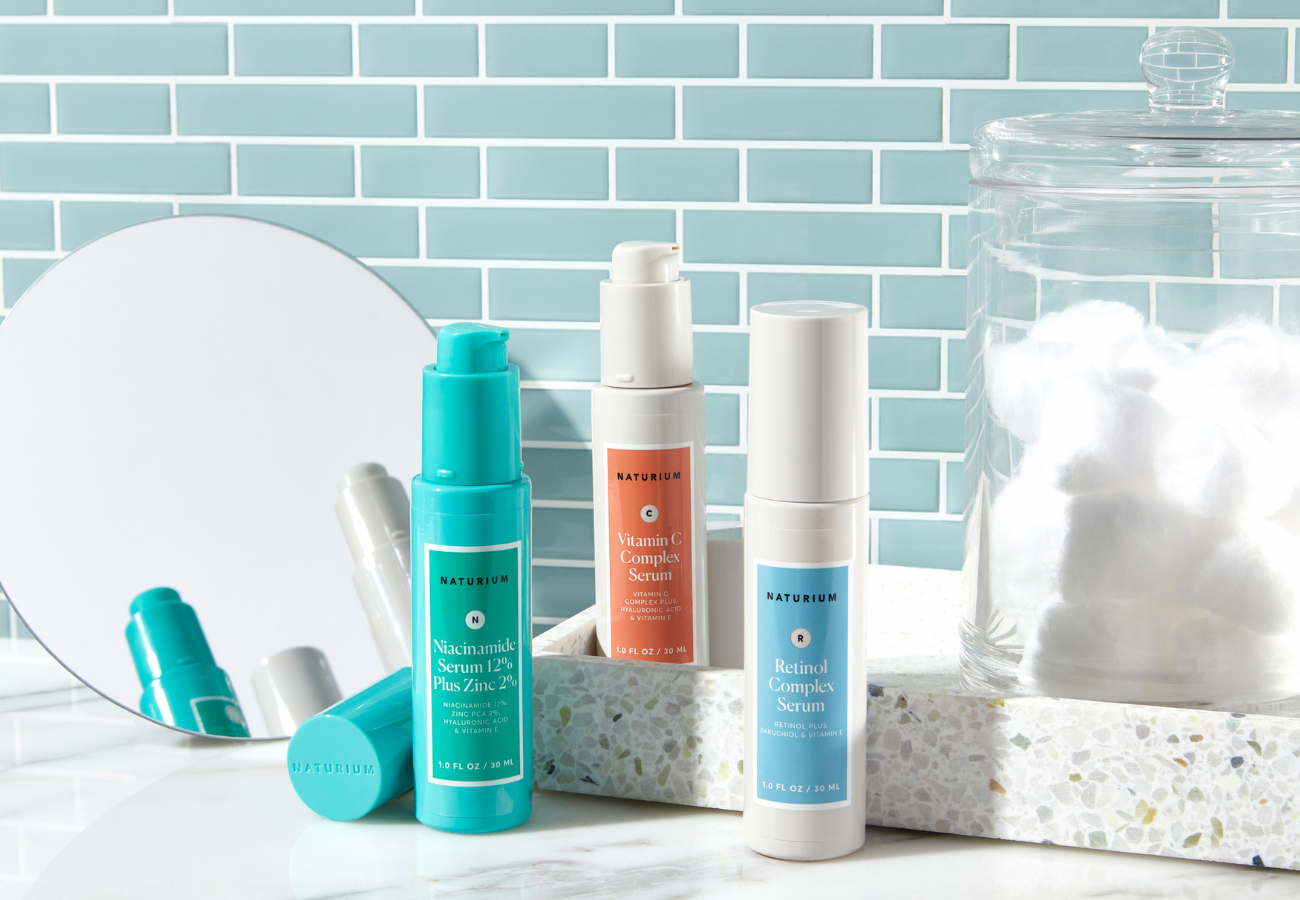
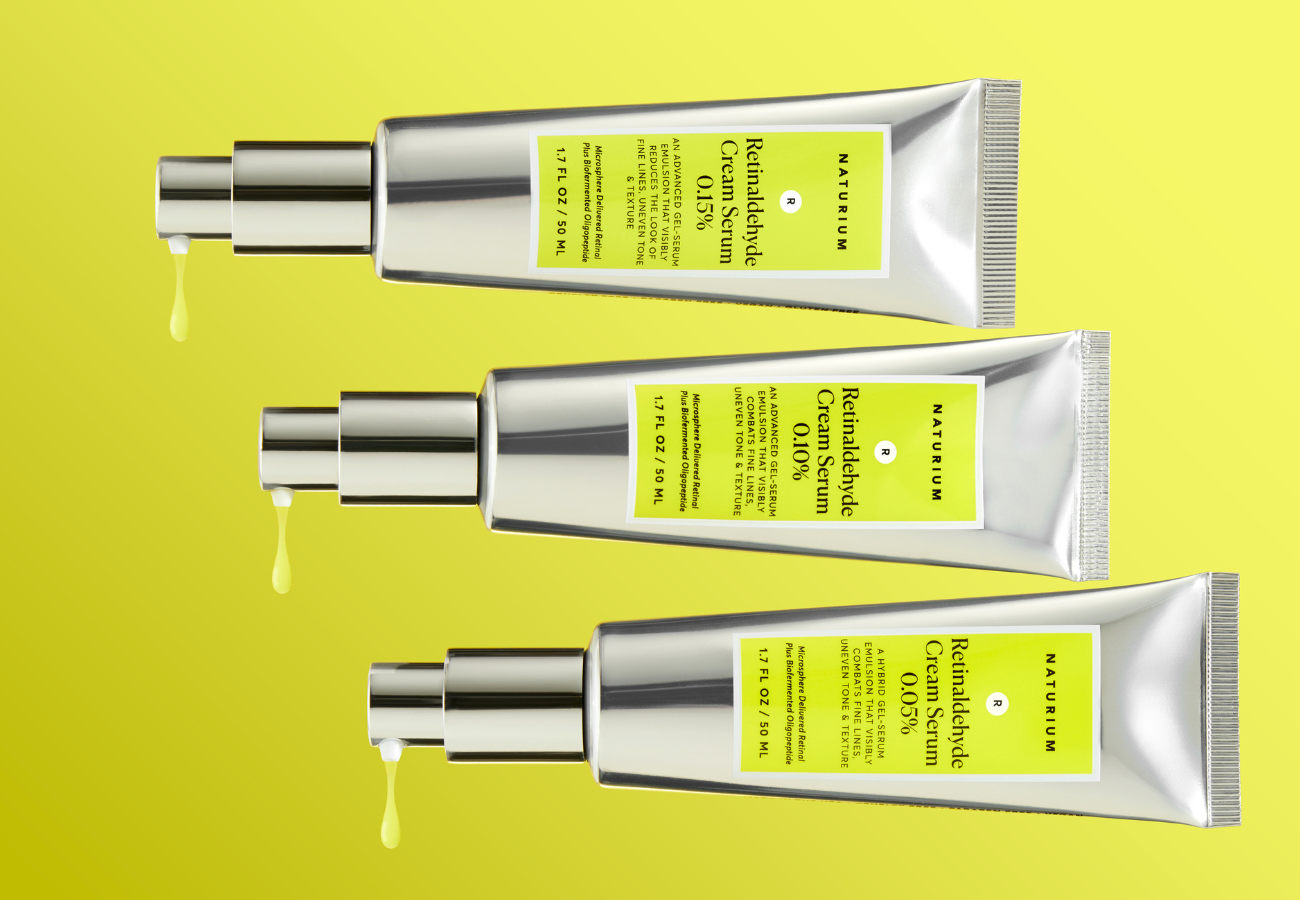
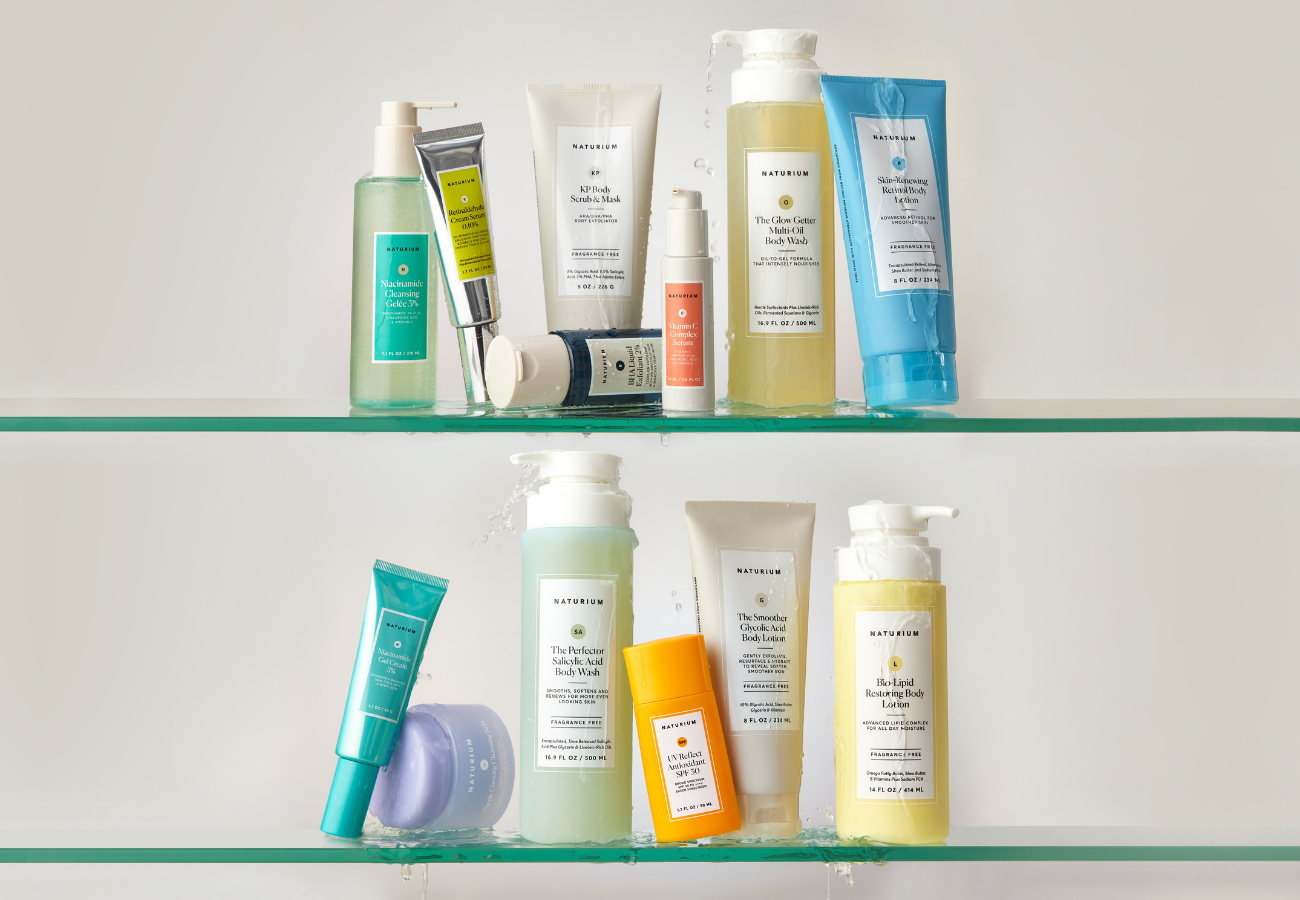
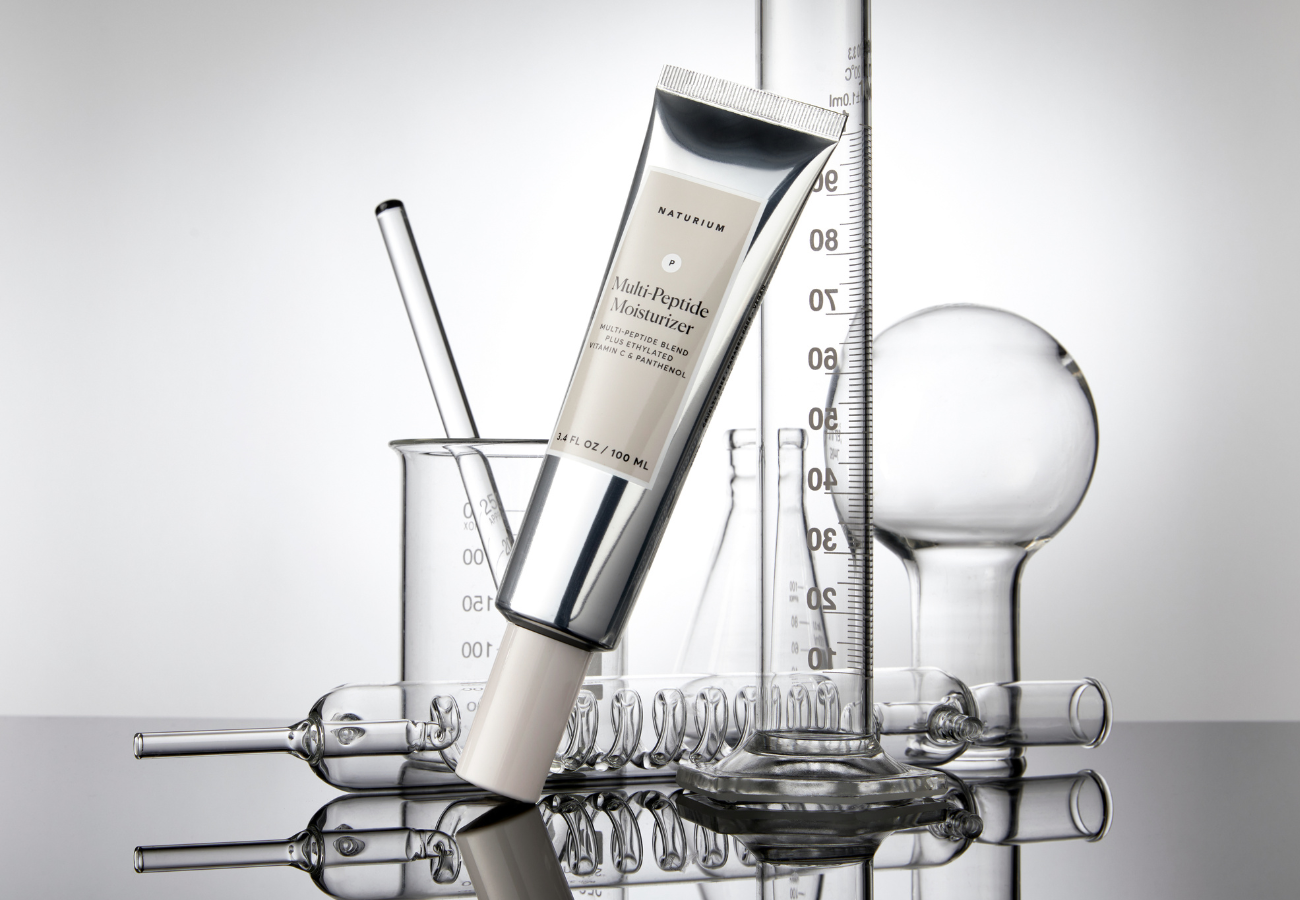
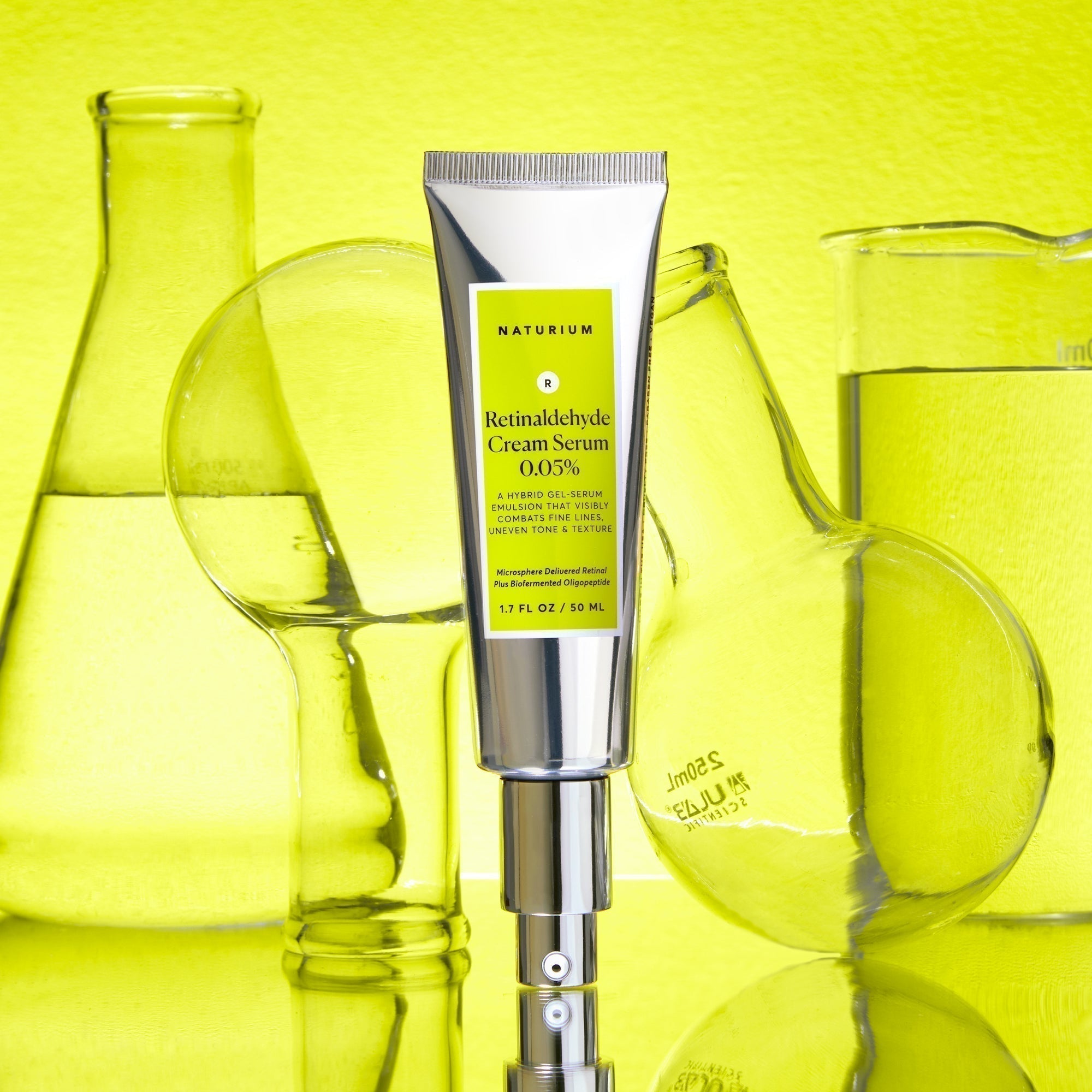
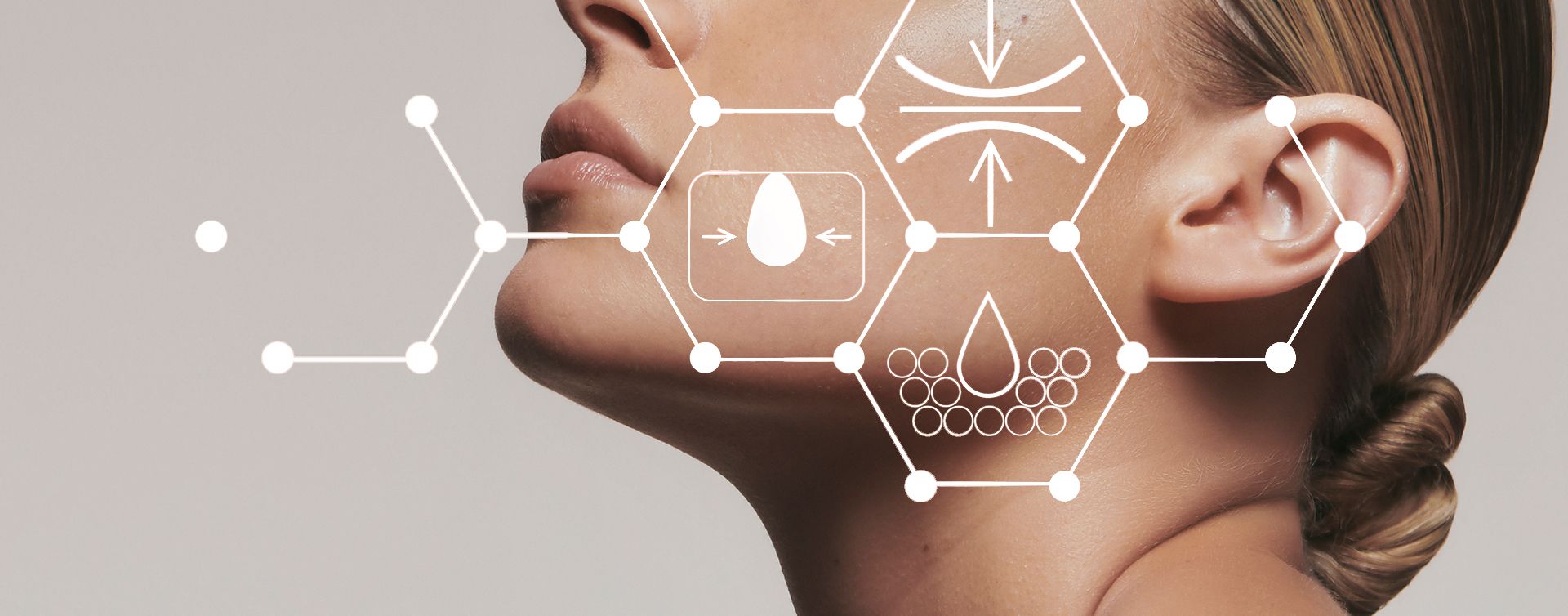
Leave a comment
This site is protected by hCaptcha and the hCaptcha Privacy Policy and Terms of Service apply.